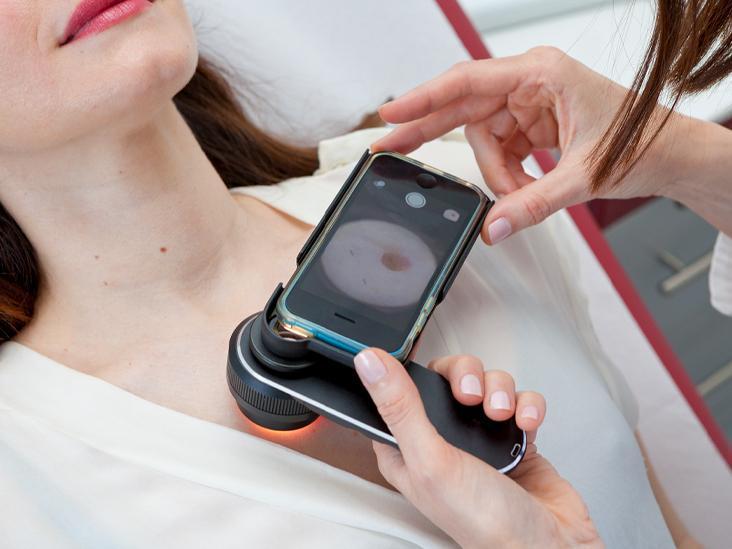Cancer screening apps. Why not?
Cancer screening apps. Why not?
Cancer survival rates can be significantly improved by early detection of the disease. Presently, there are no established strategies for early detection of most cancers, and the current strategies do not always suffice. It is therefore imperative to invest in new technologies that support high-frequency sampling and long-term health monitoring in order to realize the potential of early detection.
Smartphones bring a lot of apps to help users keep track of their health every day. Millions of people use these applications to track their health constantly. These include tools that monitor heart rate, sleep patterns, dietary patterns, digestion, blood glucose levels, and other important statistics. The public shows a desire for continuous health monitoring and a willingness to engage with such applications, even if the quality of particular technologies is questionable. Isn't it possible to detect cancer at an early stage with the help of an app?
In order to be successful in this difficult task, collaboration is essential. It is a highly collaborative process to develop early cancer detection technologies. It is important for cancer researchers to specialize in biomarker detection, data collection, and analysis, as well as design test devices, and be aware of recent medical research. Participation of the public will also be key to success in this area.
The goal is to create an overall picture of a patient's biology, which can help detect disease development early and accurately. We should make these technologies affordable and available for all. It is important to use methods that are acceptable for the majority of patients. In addition, they must make use of a wide range of medical data and knowledge.
Key factors
Early detection of cancer depends on key factors such as:
● Frequency. A higher frequency of cancer tests can result in an earlier detection of the disease and a shorter time between onset and detection of cancer. Unfortunately, due to limited resources, not all patients can receive proper treatment or even be examined on time. Moreover, malignant growths can be discovered, which can lead to healthy people being referred for testing or treatments that they don't need. Consequently, the health care system is burdened and patients and their families are put under unnecessary stress.
● Sensitivity. We can use a broad amount of data to identify tendencies over time, which can indicate subtle changes allowing them to be recognized as unusual.
● Specificity. In the same vein, the accumulation of multiple data points during good health can help establish a clearer understanding of how human biology changes over time, making it easier to compare new data and identify cancer rates.
‘Verily’, a life sciences company within Google parent company Alphabet, is developing a way to integrate medical data between platforms so that patients can gain better access to their information. A wide range of clinical trials are being developed to enable this form of early detection. Research and healthcare are coming closer together, which makes the latest advances more accessible for more patients.
Early detection presents a variety of challenges and requires a long-term international collaborative approach rooted in diverse fields of expertise to make significant progress. The development of tests and probes for public screening programs is on the agenda in numerous ways. The purpose is to make at-home cancer testing accessible to all cancer types using mobile health data.
Until such technologies are available, we suggest you become familiar with the following “red flags” that may be early warning signs of cancer:
● Coughing, shortness of breath, or difficulty swallowing;
● Changes in bowel movements;
● Unexpected bleeding;
● Unexplained weight loss;
● Chronic fatigue and lack of energy for the usual things - despite normal healthy sleep;
● Unexplained pains of any nature and frequency;
● The appearance of new moles or the transformation of existing ones;
● Urination issues;
● Unusual breast changes;
● Loss of appetite;
● Non-healing wound - especially in the mouth;
● Chronic heartburn or other regular digestive disorders - nausea, vomiting, bloating, and others.
How to lower your risk of cancer
Besides genetic predispositions, external factors can also trigger the appearance of cancer. The risk of cancer cannot be completely eliminated, but it can be reduced significantly.
➢ Smoking must be avoided;
➢ Regularly check your health;
➢ Maintain an active lifestyle and eat healthily;
➢ Sleep well.
By adopting such good habits, you can significantly increase your immunity and avoid many diseases, including cancer. Be healthy and take care of yourself!
Be the first to post a message!
